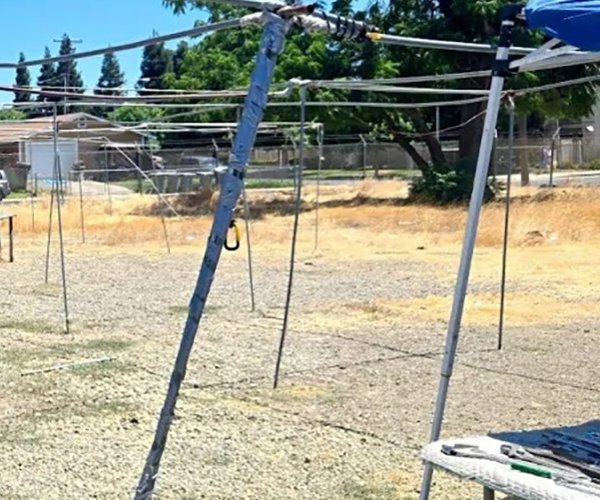The Turlock City Council is hosting a workshop on Thursday in an effort to gain public input on how the City’s roads funding resources are spent.
The workshop will provide a brief report and update on the conditions of the local roads as well as funding available to the city to address road issues.
The Council is seeking public input on prioritization of projects that were previously outlined in the Measure L initiative, feasibility of new approaches and strategies to improve the local road system.
“It is important that we hear from the residents of Turlock about our roads. Turlock’s local street network is important and connects the community to the rest of the nation,” said Mayor Amy Bublak. “Turlock’s local streets and roads are also important for police, fire and emergency medical services that require safe reliable roads to respond quickly to emergencies.”
The City is set to complete its first Measure L funded project this month — the West Main Street rehabilitation. The 14-month project included the complete reconstruction of West Main Street from West Avenue South to Lander Avenue with a majority of the water, sewer and storm utilities on West Main removed and reinstalled. Crews are also putting an overlay on West Main from Lander Avenue west to just past S. Walnut Road.
The total cost of the West Main Street project is expected to be around $9.34 million — $6.089 million from Measure L funds and more than $3.25 million in City funds designated for infrastructure improvements.
Due to an unanticipated increase in funds needed for the West Main Corridor project, other Measure L projects were pushed back approximately two years. The initial Measure L funding project list prioritized main thoroughfares including Golden State Boulevard and East Avenue. Many in the community, however, have voiced concerns that residential roadways are continuing to deteriorate without any plans to repair them.
The Council has made seeking funding and policies to improve the city’s failing roadways — which have been deteriorating over the years with a Pavement Condition Index declining from a 65 in 2013 to 57 in 2018, a “fair” score that is just seven points away from a “poor” rating — a priority.
In February, the Council amended the specifications for how utilities and other agencies patch roads after digging holes to make repairs or modifications to their underground pipelines.
In April, the Council held a roads workshop on funding sources for traffic engineering costs that used to be covered by Local Transportation Funds Local Streets and Roads apportionment, disbursed by the Stanislaus Council of Governments. StanCOG decided to no longer disburse Local Transportation Funds to city agencies and instead keep the funds for future transit uses.
The workshop will be held at 5 p.m. Thursday at City Hall. The meeting is open to the public. The meeting will also be livestreamed on the City of Turlock’s YouTube page.








